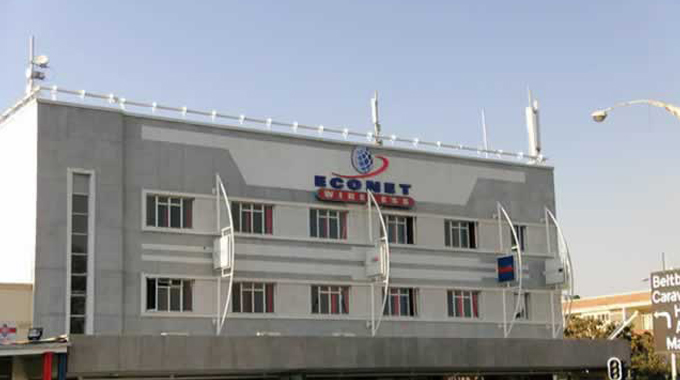Capacity utilisation low for local pharmaceuticals

Oliver Kazunga, Senior Business Reporter
COMPANIES in the pharmaceutical manufacturing sector are operating at 30 percent capacity utilisation due to working capital constraints.
Pharmaceutical Society of Zimbabwe president, Mr Sikhumbuzo Mpofu, said this on the sidelines of the inaugural joint annual congress for Primary Health Care Physicians of Zimbabwe and the Pharmaceutical Society of Zimbabwe in Bulawayo last Friday.
“Capacity utilisation in the pharmaceutical manufacturing sector is at about 30 percent and with time if the sector is not capacitated, it’s going to be even worse. At the moment there are a lot of products that can be manufactured locally but they are not available in the market,” he said.
Mr Mpofu said leading manufacturers like Caps Holdings and Datlabs used to manufacture critical drugs such as injectables and intravenous drugs but were on their knees because of low operational capacity.
He said the pharmaceutical industry’s manufacturing sector alone, given the obtaining operating environment facing the country, needs an average of about $3 million per month to survive.
At present, the sub-sector is getting less than 10 percent of its foreign currency allocation requirement per month. Mr Mpofu would not be drawn into revealing how much working capital was required by the manufacturers to retool their plants saying he did not have the figures off hand.
“The pharmaceutical sector is a capital intensive industry and just to maintain a plant running is not very cheap,” he said.
Given the necessary support, Mr Mpofu said, the pharmaceutical sector has the capacity to supply the local market with 70 percent of the drugs the country requires.
He said the prevailing situation has seen the country importing most of the medicines to cover the deficit.
“The amount of money that we are using to import these medicines should be channelled towards capacitating manufacturers in the pharmaceutical industry and this will also reduce the country’s import bill,” said Mr Mpofu.
Since 2009, the country has been grappling to tame the negative trade balance as Zimbabwe’s entire manufacturing sector was operating at uncompetitive levels driven by a host of operational challenges.
Government has adopted a raft of measures aimed at improving exports in order to reduce the negative trade balance, which was also being driven by the importation of critical medicines that were not available locally.
In the first four months of the year, the country’s exports improved by 46 percent to $329,6 million compared to $225,6m during the same period last year.
In 2017, Zimbabwe’s trade deficit tumbled by 25 percent to $1,5 billion and this year the Government has set sights on trimming it further to less than $1 billion.
@okazunga












Comments